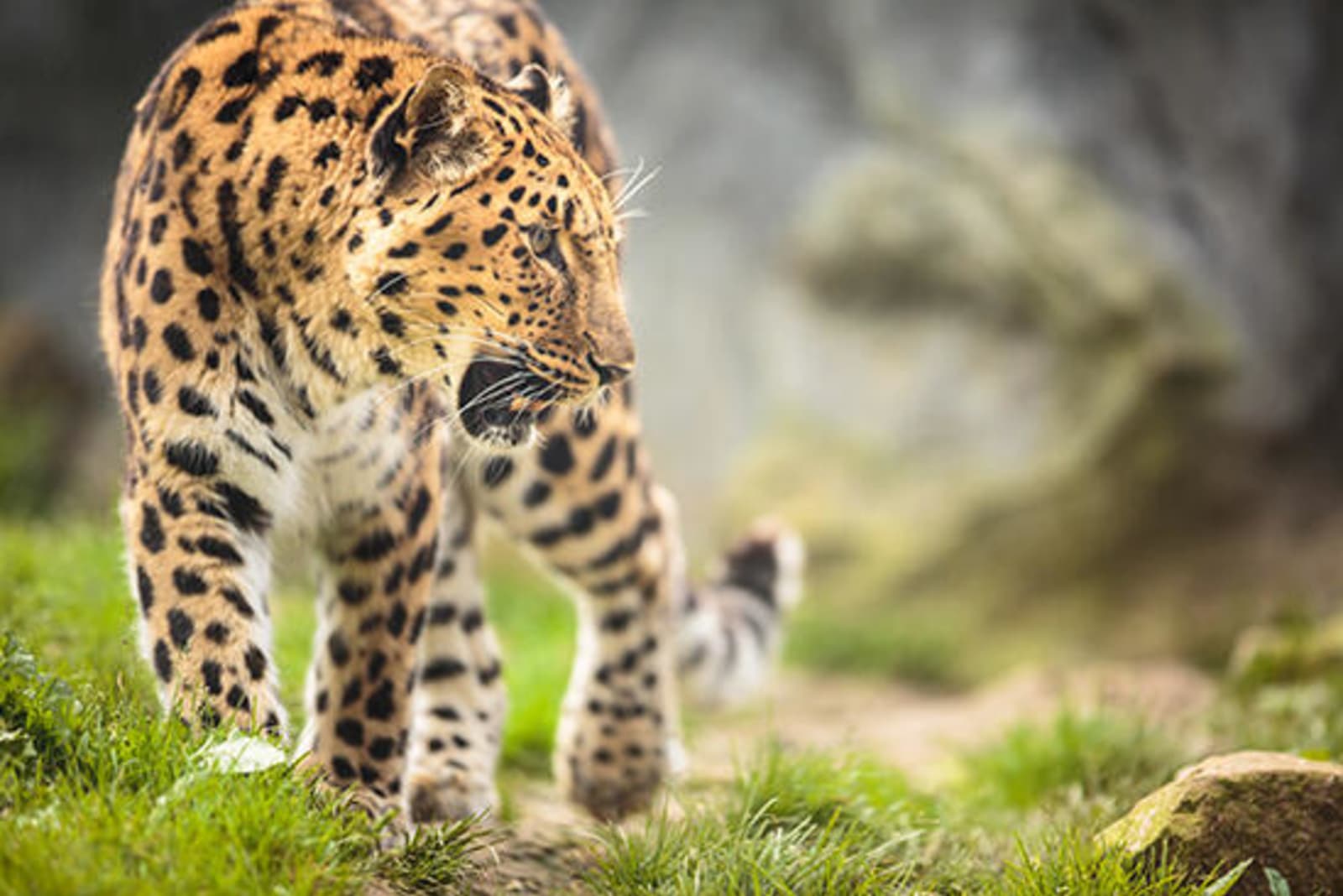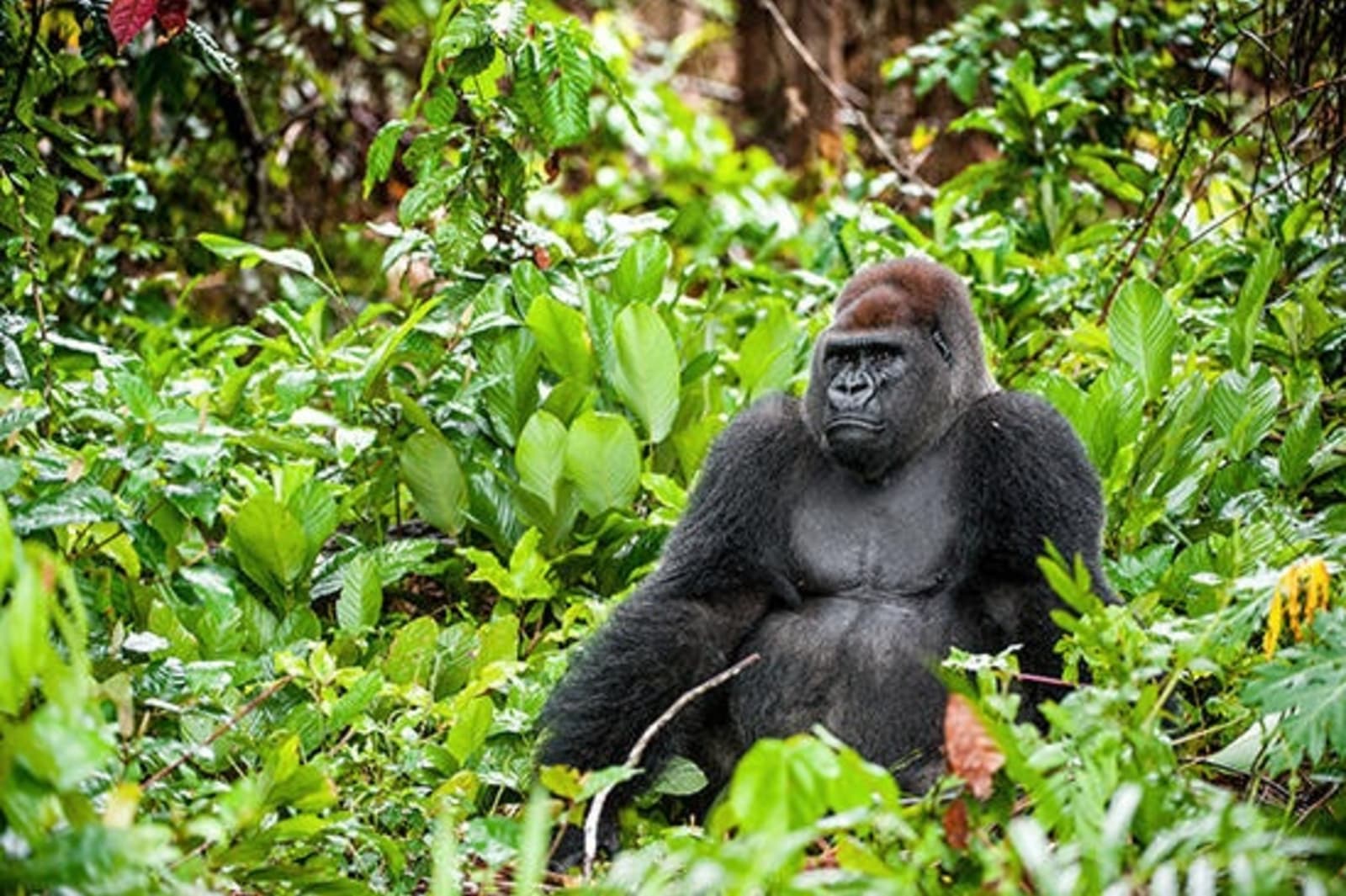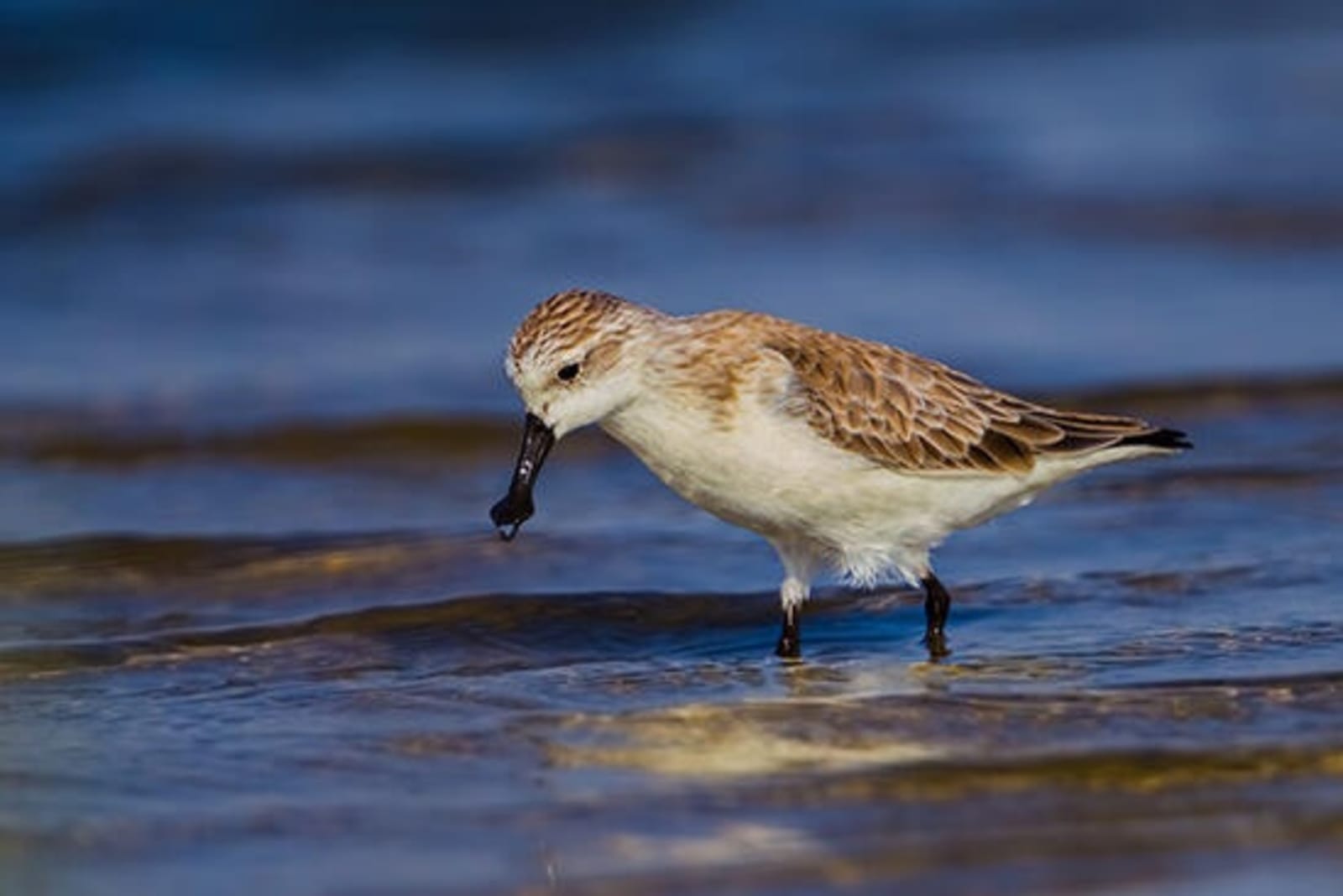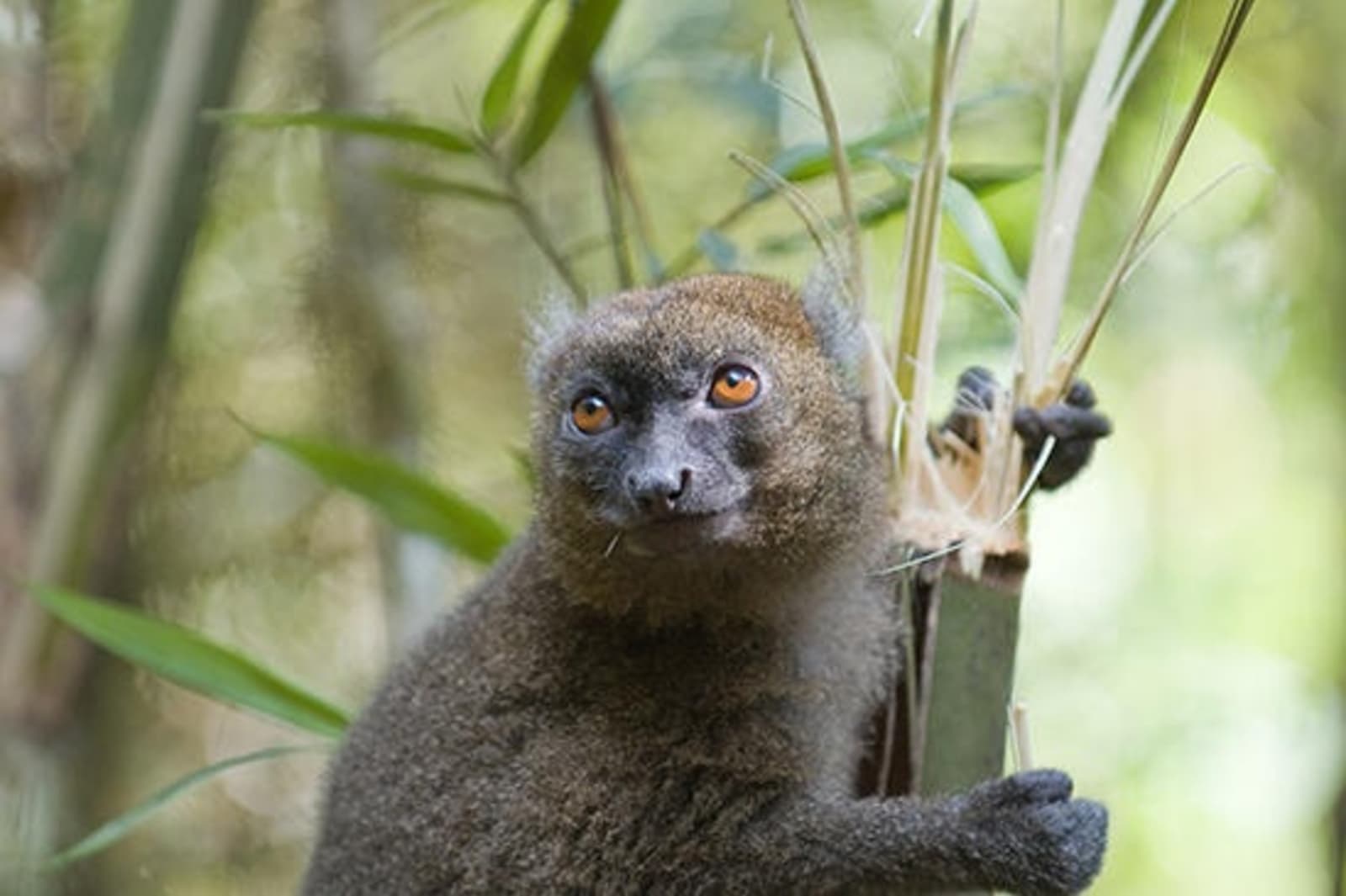9 of the World’s Rarest Animals and Where to See Them
All over the globe, natural habitats continue to disappear. Not only does that mean the wondrous sights we travel for are fading, but it also means that the animals that live within them are being driven to extinction.
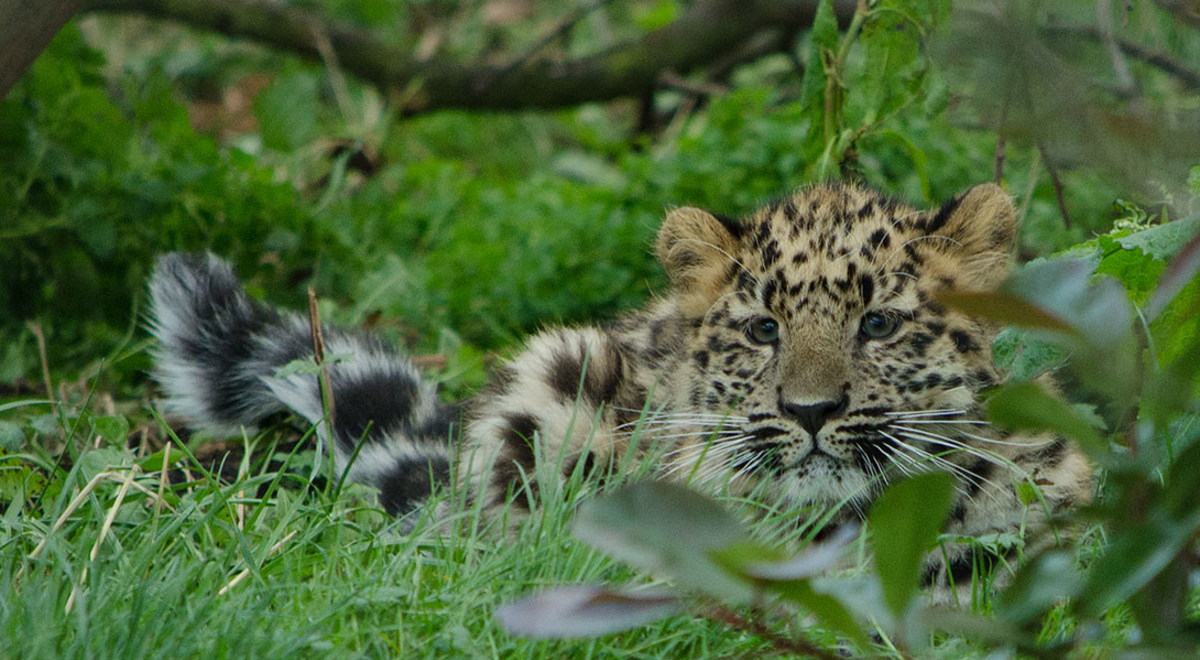

UK Content & Social Lead
All over the globe, natural habitats continue to disappear. Not only does that mean the wondrous sights we travel for are fading, but it also means that the animals that live within them are being driven to extinction.

UK Content & Social Lead
...loading

